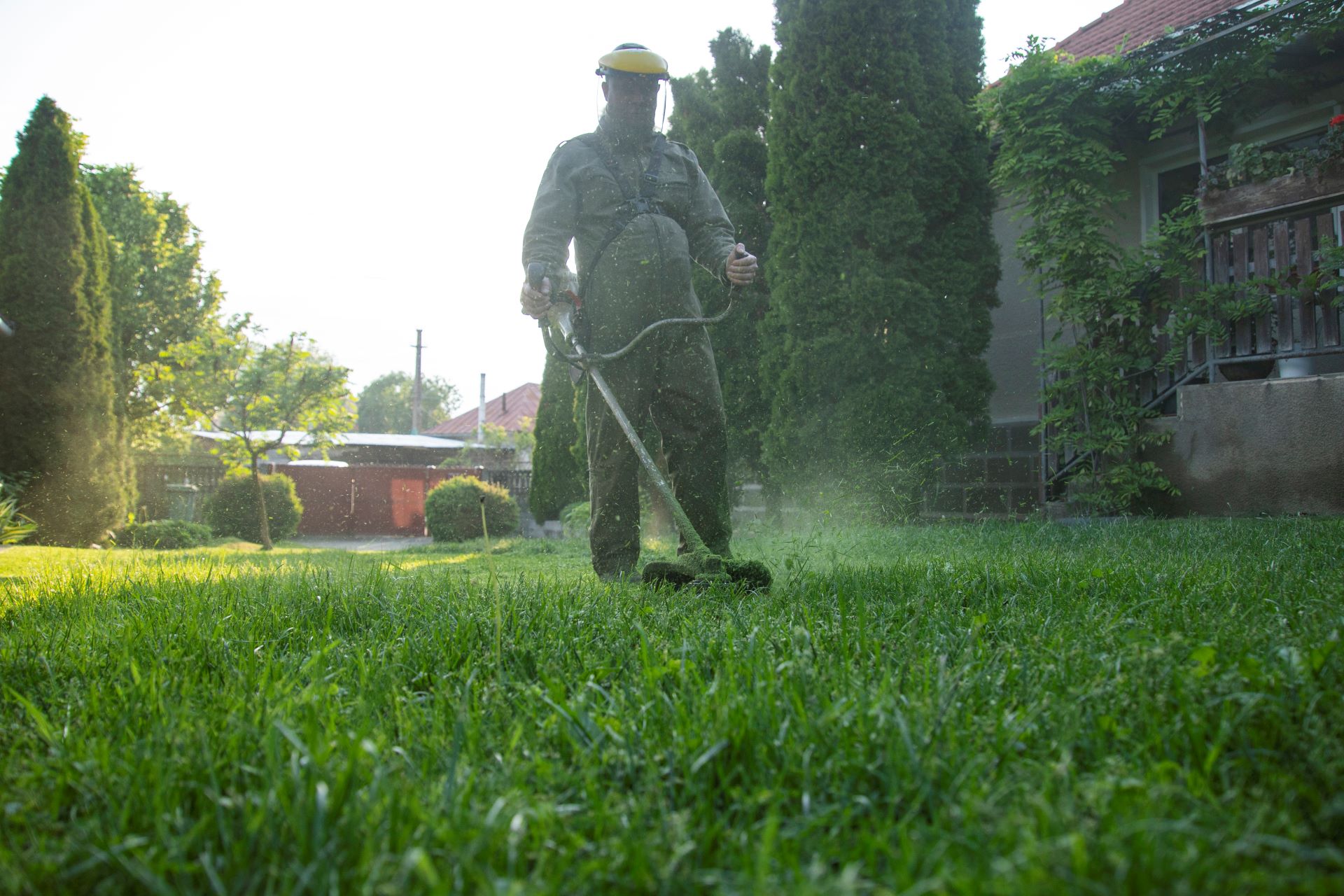Weeds can be a major nuisance, taking over your lawn and competing with your grass for nutrients and sunlight. Controlling weeds is an essential part of lawn care that ensures your yard stays healthy and attractive. Effective weed control doesn’t just happen overnight; it requires understanding weeds and implementing consistent practices to keep them at bay.
Identifying the different types of weeds in your lawn is the first step in effective weed control. Each type has its own growth patterns and strategies for spreading, making some more aggressive than others. By learning to recognize these patterns, you can address weed problems before they become unmanageable.
Once you understand the weeds you’re dealing with, implementing preventative measures can help keep them from taking root. These practices promote healthy grass growth, making it harder for weeds to establish themselves. Let’s explore how you can take control of your lawn and keep it looking its best all year long with effective weed management strategies.
Understanding Common Lawn Weeds
Identifying different types of weeds is the first step in maintaining a healthy lawn. Common weeds like dandelions, crabgrass, and clover can quickly take over if not properly managed. Dandelions have distinct yellow flowers and a deep taproot, making them particularly hardy. Crabgrass, an annual weed, is known for its coarse texture and rapidly spreading nature. Clover, with its trifoliate leaves, often invades areas with low nitrogen levels.
Recognizing weed growth patterns helps you tackle them more effectively. For instance, weeds like crabgrass thrive in hot weather and will usually appear in bare or thin spots of your lawn. Dandelions, on the other hand, can flourish in early spring and fall. Understanding when and how these weeds grow allows you to plan targeted control measures.
Assessing the impact on lawn health is crucial. Weeds compete with grass for sunlight, water, and nutrients, often leading to weaker, more susceptible lawns. They can harbor pests and diseases that further deteriorate the quality of your grass. By identifying and understanding the presence of these weeds, you can better protect your lawn from these harmful effects.
Preventative Measures
Implementing proper mowing techniques can significantly deter weed growth. Keeping your grass at an optimal height, usually around 2.5 to 3 inches, creates a canopy that shades weed seeds, preventing them from receiving enough sunlight to germinate. Regular mowing also helps maintain a thicker, healthier lawn, which naturally resists weed invasion.
Utilizing mulch is another effective way to suppress weed growth. Mulch acts as a barrier, blocking light from reaching the soil and thus preventing weed seeds from sprouting. It also retains soil moisture and adds organic matter as it decomposes, improving soil health. Applying a thick layer of mulch around trees, shrubs, and flower beds can significantly reduce the weed population.
Fertilization and soil health maintenance are key components in preventing weeds. A well-fertilized lawn encourages strong grass growth, making it harder for weeds to compete.
Regular soil tests should be conducted to determine nutrient levels and pH, and fertilizers should be applied accordingly. Healthy soil rich in nutrients supports vigorous grass, effectively crowding out weeds. Keeping your soil healthy ensures that your lawn remains weed-free and lush.
Weed Control Methods
There are several effective methods for controlling weeds, and choosing the right one depends on your lawn’s specific needs. Organic weed control options are a great starting point for those looking to avoid chemicals. Hand-pulling weeds, using vinegar-based solutions, or applying corn gluten meal can significantly reduce weed growth. These methods are environmentally friendly and safe for pets and children.
Chemical herbicides offer another option with their own set of pros and cons. Herbicides can be highly effective at eliminating weeds quickly. However, they come with the potential downsides of soil contamination and harm to desirable plants and wildlife. Selective herbicides target specific weed species, which can be a more controlled approach, but it’s essential to follow the application instructions carefully to avoid damaging your lawn.
Integrated weed management strategies are perhaps the most balanced approach. This method combines different techniques, such as mechanical removal, organic treatments, and limited chemical use, to control weeds effectively while minimizing negative impacts. By integrating multiple strategies, you can achieve comprehensive weed control that keeps your lawn healthy and thriving year-round.
Seasonal Weed Control Tips
Effective weed control requires adapting your strategy according to the season. Springtime weed prevention and care are crucial for setting the stage for a beautiful lawn. Start with a thorough raking to remove debris, then apply a pre-emergent herbicide to prevent weed seeds from germinating. Consistent mowing and spot treatments for any emerging weeds will help keep your lawn in top shape.
Summer maintenance focuses on combating persistent weeds that thrive in the heat. Regular watering and mowing at the right height can make a significant difference. Summer is also the time to hand-pull any weeds that have managed to take root, as their growth can accelerate during this period. Applying mulch can also help retain moisture and suppress weed growth in flower beds and around trees.
Preparing for fall and winter weed management ensures that your lawn remains healthy through the colder months. Fall is the ideal time for aeration and overseeding, which can thicken your lawn and leave less room for weeds. Applying a layer of mulch before winter sets in provides an extra barrier against weed germination. In the winter, assess any remaining weed issues to plan your spring strategy effectively.
Conclusion
Maintaining a weed-free lawn requires understanding the types of weeds you’re dealing with and implementing preventative measures tailored to each season. Effective weed control methods range from organic solutions to chemical herbicides and integrated strategies that balance both approaches.
If you’re looking to keep your lawn pristine without the hassle, Trimming Edge Lawn Care LLC has the expertise and services you need. From mowing and mulching to comprehensive weeding and trimming services in Montgomery, MA, our team ensures your lawn looks its best year-round. Contact us today to schedule your service and enjoy a healthy, beautiful lawn with expert care.


Comments are closed